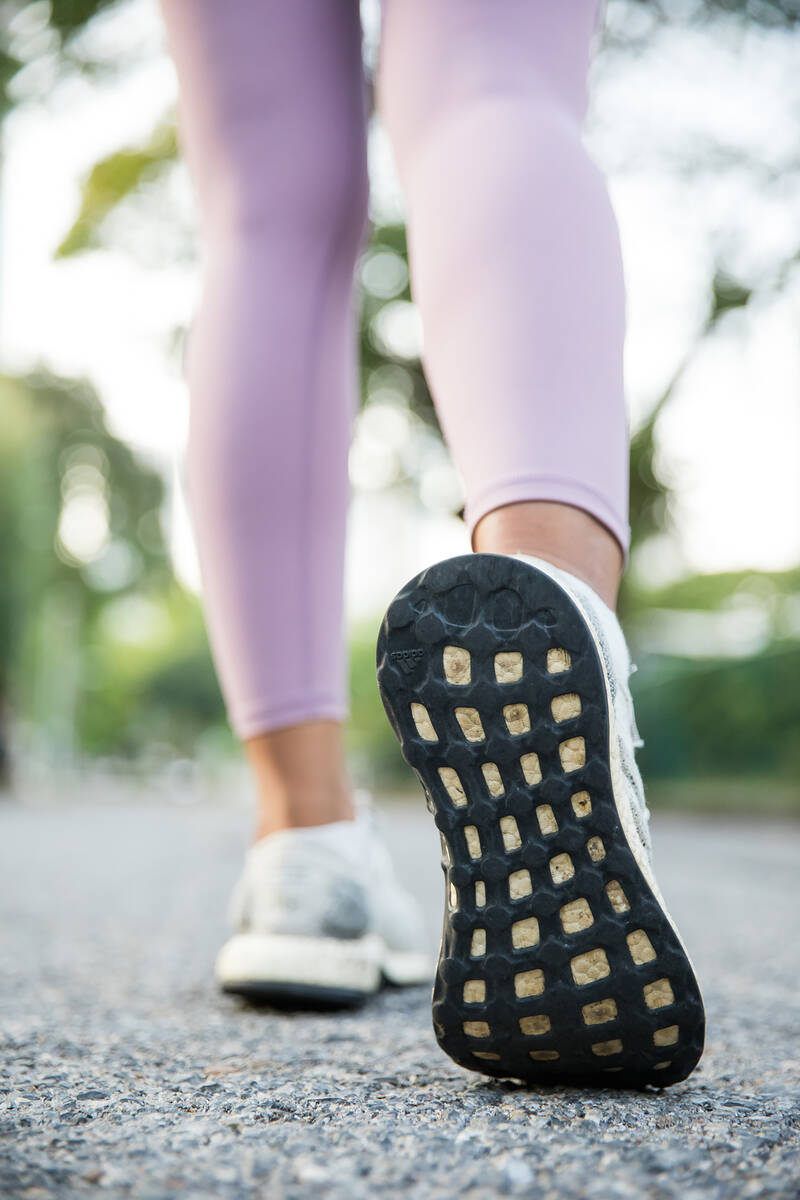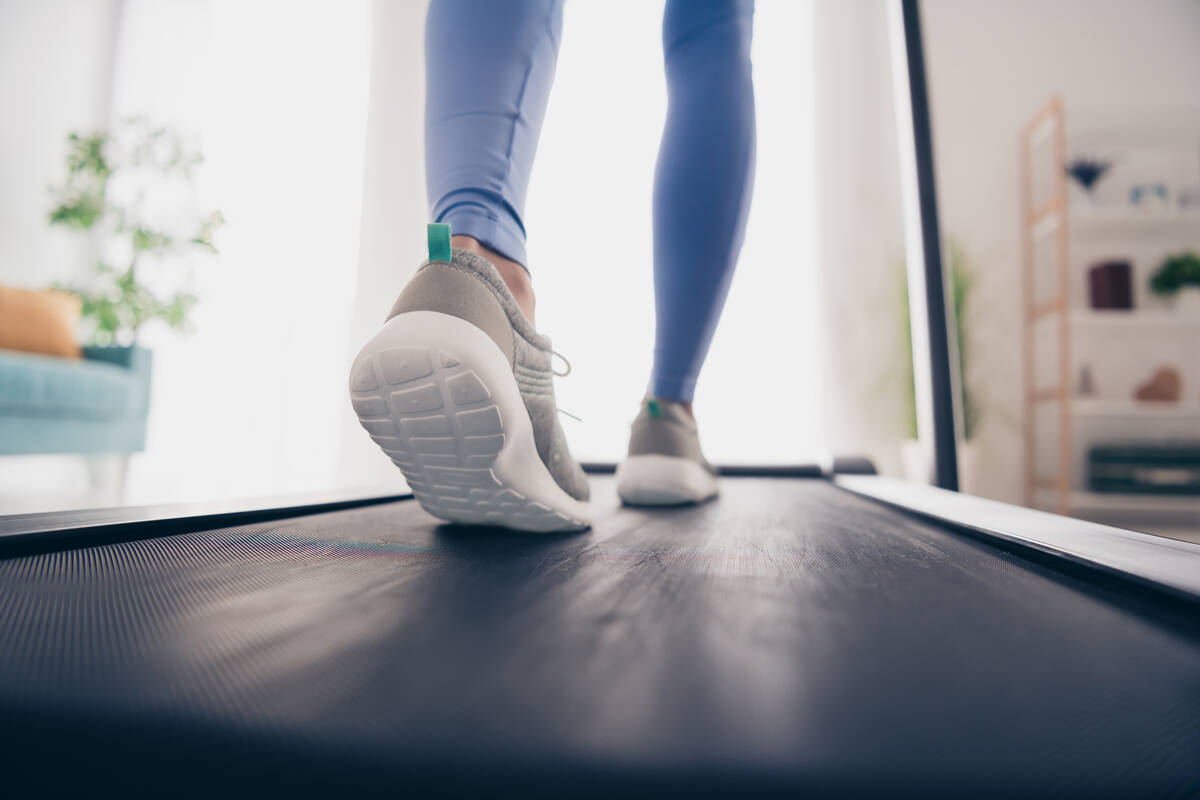Viral fitness trend promises big gains in 30 minutes
It promises the benefits of a 10,000-step walk in just 30 minutes. No gym membership required. Just a pair of shoes and a willingness to alternate between brisk and slow-paced walking in three-minute bursts.
Dubbed “Japanese walking,” the latest viral fitness trend is all over TikTok and has people wondering whether this short-interval workout can improve health more efficiently than a traditional stroll.
The trend has spread across social media and beyond, with bloggers, online articles and major media outlets all jumping in on the walking routine.
The protocol traces back to a 2007 Japanese study that tested the effects of high-intensity interval walking on middle-age and older adults. But the recent buzz started with a punchy video from Australian content creator and fitness coach Eugene Teo that surpassed 10 million views on TikTok and 17 million views on YouTube. Known to his over 426,000 TikTok followers and 1.22 million YouTube followers as “Coach Eugene,” Teo rebranded the science-backed routine into an accessible, algorithm-friendly idea: “Japanese walking.”
“People don’t like fitness jargon,” Teo, 33, said in a recent interview. “They don’t like scientific terms … and if I want to impact millions globally … I like to make fitness advice and scientific jargon a lot more accessible.”
‘That cardio work’
In his video explainer, Teo describes the method: Walk fast for three minutes, slow down for three minutes and repeat the cycle five times.
According to the small study of 186 women and 60 men, participants who followed this routine four or more days a week saw greater improvements in blood pressure, leg strength and aerobic capacity than those in the moderate-intensity continuous walking group.
“It’s that cardio work that a lot of people are missing,” Teo said.
Teo, a longtime coach and nutritionist, didn’t invent the protocol, but he did help it reach millions. He said his viral video resonated with people overwhelmed by the pressure to hit 10,000 steps a day — a goal Teo himself often finds out of reach.
He’s been following this protocol on and off for years, ever since he came across the study.
“A lot of people have this all-or-nothing approach where they think, ‘Oh, I can’t hit 10,000 steps. I’ve failed,’ ” he said. “It’s about just changing the stigma people have and that all-or-nothing mentality … of what fitness should be about.”
He emphasizes effort over perfection: Walk fast enough to get out of breath, but not so fast that you can’t finish the three-minute interval. The recovery periods are as slow as needed to reset.
What the science says
But is the science behind the trend as strong as the messaging?
Dr. Helga Van Herle, a cardiologist with Keck Medicine of USC, noted flaws in the original study’s design — namely, that only the high-intensity walking group was monitored with accelerometers, not the moderate intensity group, a bias that could have skewed results.
“This creates a major bias in the monitoring and compliance and could potentially skew the results in favor of the high-intensity training group,” she said in an email, pointing to the Hawthorne effect, a phenomenon in which people alter their behavior because they know they’re being watched.
Dr. Parveen Garg, also with Keck Medicine of USC, said he doesn’t see intense interval walking as a standout recommendation among physicians. The study, he said, was small and meant to be thought-provoking and encourage further research, not to support sweeping conclusions.
He supports any activity that gets people moving but cautions against overhyping Japanese walking benefits or ease.
He said it’s possible to get similar benefits by walking continuously at a vigorous pace for a shorter time. But there isn’t enough evidence to confirm that.
Small and simple
Experts agree that vigorous activity, even in short spurts, is beneficial. David Raichlen, professor of biological sciences and anthropology at USC, said short intervals of increased effort can yield meaningful health effects.
“There’s something to the idea that small amounts of vigorous activity are really beneficial,” he said.
Raichlen also noted that calling high-intensity interval walking “Japanese walking” simply because of the study’s origin is problematic.
Yasuyuki Suzuki, a cardiac imaging specialist from Tokyo, is aware of the trend and the associated study. He said that while there is some new interest in the topic, it is not trending in Japan the way it appears to be in other parts of the world. He also said he does not feel any discomfort or concern about it being referred to as “Japanese walking.”
As for whether this method is better than 10,000 steps or continuous walking, Raichlen is hesitant to say — the research just isn’t there yet.
Higher walking cadence has been linked to lower dementia risk, Raichlen said. Also, walking in general has been tied to lower mortality, reduced cancer risk and improved cardiovascular health.
“I do think there’s a lot of good from encouraging people to think about walking as exercise,” Raichlen said.
Still, the simplicity and catchy name may be why it took off.
‘Something to sell’
Roberts sees the trend as a reflection of broader social forces, including medical mistrust and the rising cost of health care and fitness.
That, she said, makes low-barrier trends like “Japanese walking” especially appealing. But Roberts cautioned against the risks of turning to TikTok and other social media platforms for medical advice.
“Stuff doesn’t happen in a vacuum,” she said. “There’s a bigger social and political context to all of these things, and the backdrop to these kinds of trends is not great.”
Roberts encourages viewers to critically evaluate where their health advice comes from and who profits from it. “People with big followings often have something to sell,” she said. “They’re not really acting in the public interest.”
Teo said fitness trends should be approached with discernment. He’s not claiming to replace traditional walking — just to offer a steppingstone for cardio.
And if a viral name is what it takes to get people walking, he’s OK with that. “As long as you’re not misleading people,” he said, “and there’s legitimate substance behind it, it’s a great way to spin things.”
Teo, Raichlen, Garg and Roberts all agree on one thing: Talk to your doctor before starting any new exercise routine.




















